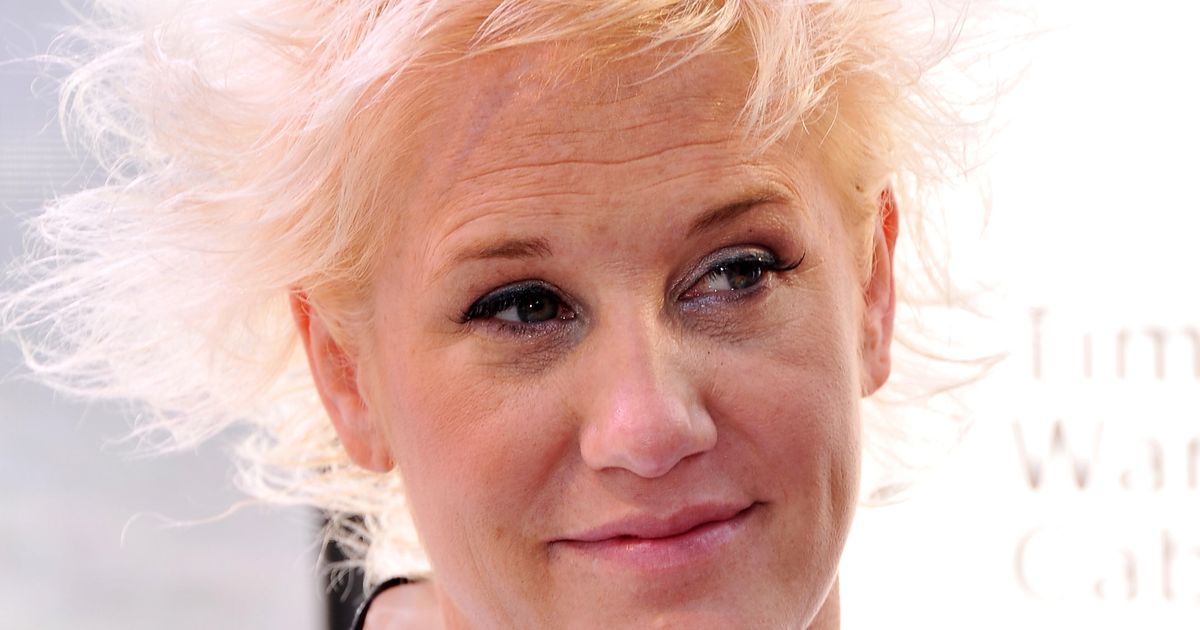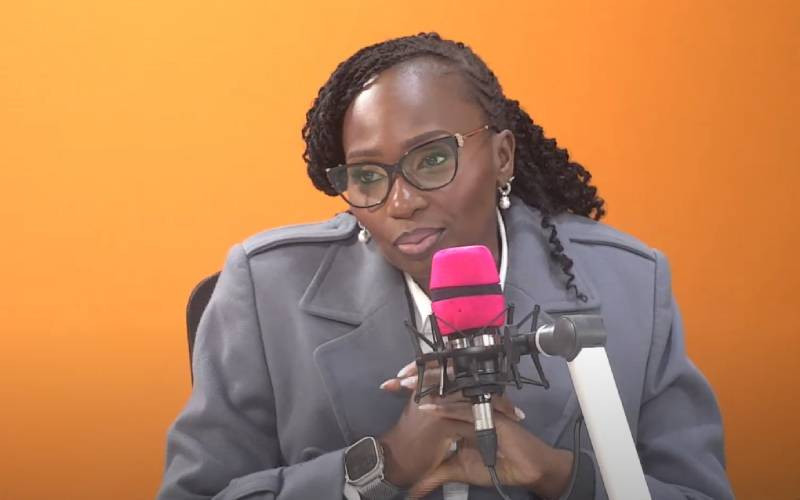Where Is God When I Cut Myself? Soul Care and the Voices of Self-Injury Survivors - Mad In America
It was a Friday afternoon at the animal hospital where I worked part-time during grad school. A woman named Anne came in to pick up food for her cat. As I rang her through, I asked how she was doing. She looked down, then up, and I saw tears in her eyes. She told me her teenage daughter, Ellie, had just been admitted to the psychiatric hospital again. Ellie had been cutting her arms and legs with razor blades. Anne and her husband were terrified, unsure how to help. They had told the youth minister at their church some of what was going on, but not everything. Anne didn’t want Ellie to be shamed or ostracized.
We sat together for a few minutes in the lobby. Then Anne turned to me and asked, “This has been so hard for my family, we are falling apart. Where is God in all of this?” I was in graduate school for practical theology at the time, studying trauma, and yet, I had no good answer. No book I could name. No resource I had seen that took self-injury seriously from a spiritual perspective. That moment stayed with me and became the seed of this work.

When I began my doctoral research, I returned to that question: where is God when someone is cutting themselves to cope with what’s happening in their lives? I quickly realized that the existing theological literature on self-injury was sparse. So I turned somewhere else: to memoirs written by people with lived experience of self-injury. I scoured Goodreads, library databases, and obscure online archives until I had a stack of books, mostly written outside the academy, often overlooked.
These memoirs were messy, raw, brilliant. They weren’t framed as theological texts, but they were rich with spiritual insights. They spoke of silence, shame, transcendence, and survival. They gave language to the wordless ache Anne had named that day at the front desk. I knew I had found my “way in” to listen to the voices of people who self-injure.
Self-injury has long been misunderstood in both faith communities and clinical spaces. Historically, it’s been pathologized by psychiatry and silenced or moralized by religion, leaving little room to understand it as a way people try to survive unbearable pain. I wondered what the memoirs would say that could help us better understand why people self-injure? Many of the memoirs I read didn’t use religious language, but they were full of spiritual questions. Questions like: Am I broken beyond repair? Does anyone see me? Can I still be loved, even with these scars?
Some writers described growing up in churches that didn’t know how to handle pain, where suffering was either minimized or seen as a failure of faith. Others shared how self-injury was never mentioned at all, how even in prayer groups or youth ministries, they felt invisible. And for those who did reach out, many were met with fear, misunderstanding, or shame.
And yet, woven through these stories were moments of deep connection, times when someone listened without flinching, when someone simply stayed. Those were often the moments that began healing. Not advice or scripture verses, just sacred presence.
The memoirs I read didn’t end with simple solutions. But they did offer signposts—insights that could help us move with more care. In my dissertation, I organized these insights around the key relationships the memoirists spoke to most often: their families, the mental health system, their faith communities, and even God.
These weren’t demands. Rather, they were longings. The kind that come from people who have already been told too many times that they are too much, or not enough. The memoirists offered a plea to be met with compassion. That’s what I carry with me from this work. The reminder that healing doesn’t happen through answers, but through presence. Through listening and through love that stays.
I come to this work as a survivor-researcher. Someone who has lived with these questions, not just in theory, but in my own body. I used to self-injure when I was younger, and go back to those behaviours sometimes when things get really hard. My academic work, my teaching, and now my clinical training in spiritual care and psychotherapy are all shaped by that lived experience.
Mad Studies provided the “backbone” of the critical theory in my project and I am grateful to the Mad Studies scholars, activists, allies and psychiatric system survivors who have gone before me to pave the way for a dissertation like this to be written. This framework helped me approach self-injury not as pathology to be eliminated, but as communication that deserves to be heard. It gave me permission to centre the wisdom of those with lived experience over the clinical gaze that so often reduces self-injury to symptomatology.
Through this lens, I could see how the medicalization of self-injury has often obscured its meaning-making aspects such as the ways people use their bodies to express what words cannot say. Mad Studies helped me recognise that when we pathologize self-injury, we often miss its survivalist logic: that for many, it represents not a desire to die, but a desperate attempt to stay alive through unbearable pain.
My grounding in practical theology helped me approach these memoirs not just as data, but as sites of spiritual meaning, places where deep questions about pain, God, and care are being worked out in real time.
Working on this project reshaped how I understand care. Not as intervention or fixing, but as staying close. Care, as I’ve come to see it, is about sitting beside someone when the pain is too loud for words and not leaving. I no longer look for the perfect response when someone shares something hard. I look for presence. For a gentle, non-anxious witness. And I hope that’s what this post offers too, a kind of witness to the complexity of self-injury, and to the sacredness of the people who live with it.
The most common question I get asked at conferences or over a cup of coffee when discussing my research is: what can faith communities do? Faith communities have unique opportunities to offer care to those who self-injure. From my research, I’ve distilled several practical approaches:
This isn’t about watering down tradition, but rather making thoughtful choices that acknowledge the diverse ways people might experience sacred practices.
Self-injury is usually hidden and so are the spiritual questions that come with it. But they’re there beneath the surface, in the silence, and in the scars. What I’ve learned from this work is that people don’t need us to explain their pain away. They need us to stay with them in it. If you’re reading this as someone who cares about others, you don’t need perfect words. You don’t need a degree in theology or mental health. You just need to show up, to stay soft, listen, and to make space for people to be as they are.
And if you’re someone who self-injures, or has in the past: you are not alone. Your pain is not too much. Your story matters. And there are people, and maybe even a God, who can hold that story with care. This work has taught me to believe in quiet forms of healing. Not miracles or fixes, just the slow, sacred work of presence. That, I think, is soul care. As I continue my journey as both an academic and a therapist-in-training, I carry these stories with me. They inform how I sit with clients, how I teach students, and how I understand my own healing. They remind me that theology isn’t just found in scholarly texts, but in the lived experiences of those navigating pain and possibility.
***
Mad in America hosts blogs by a diverse group of writers. These posts are designed to serve as a public forum for a discussion—broadly speaking—of psychiatry and its treatments. The opinions expressed are the writers’ own.










